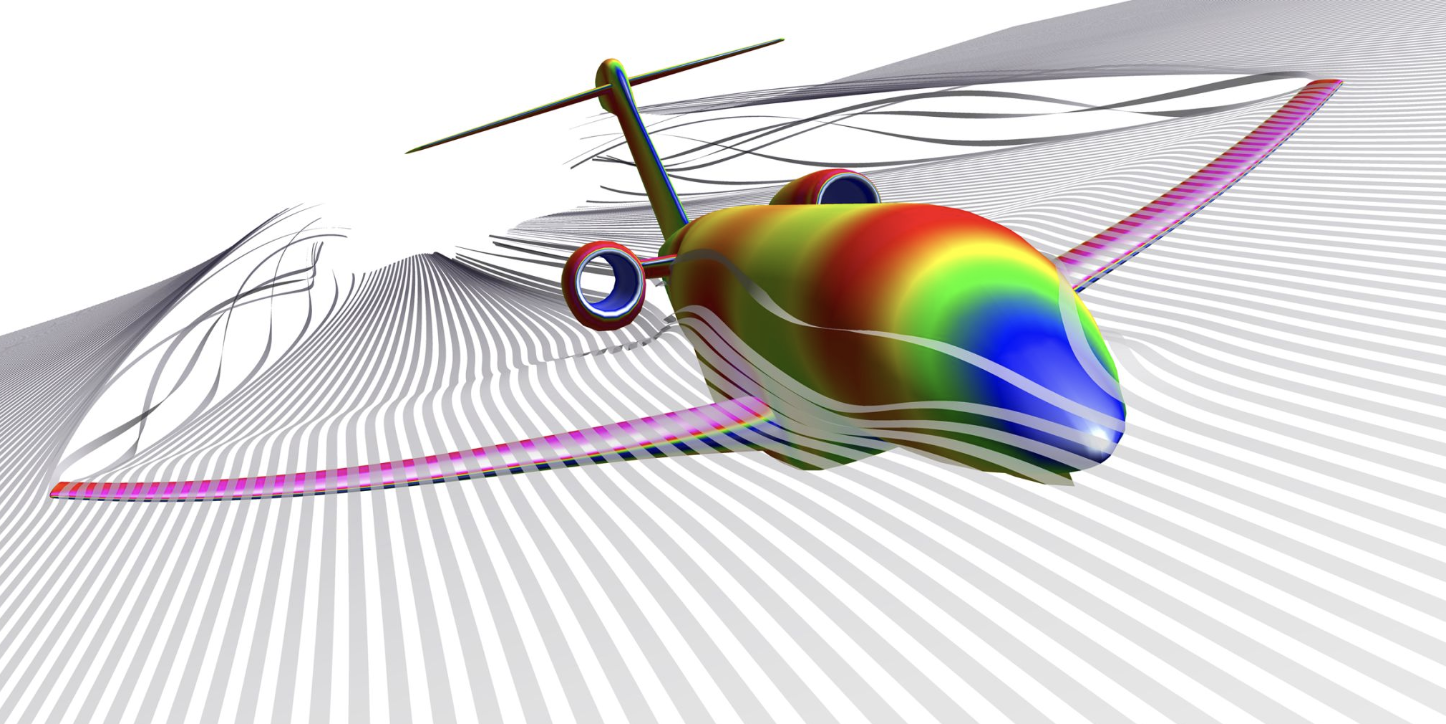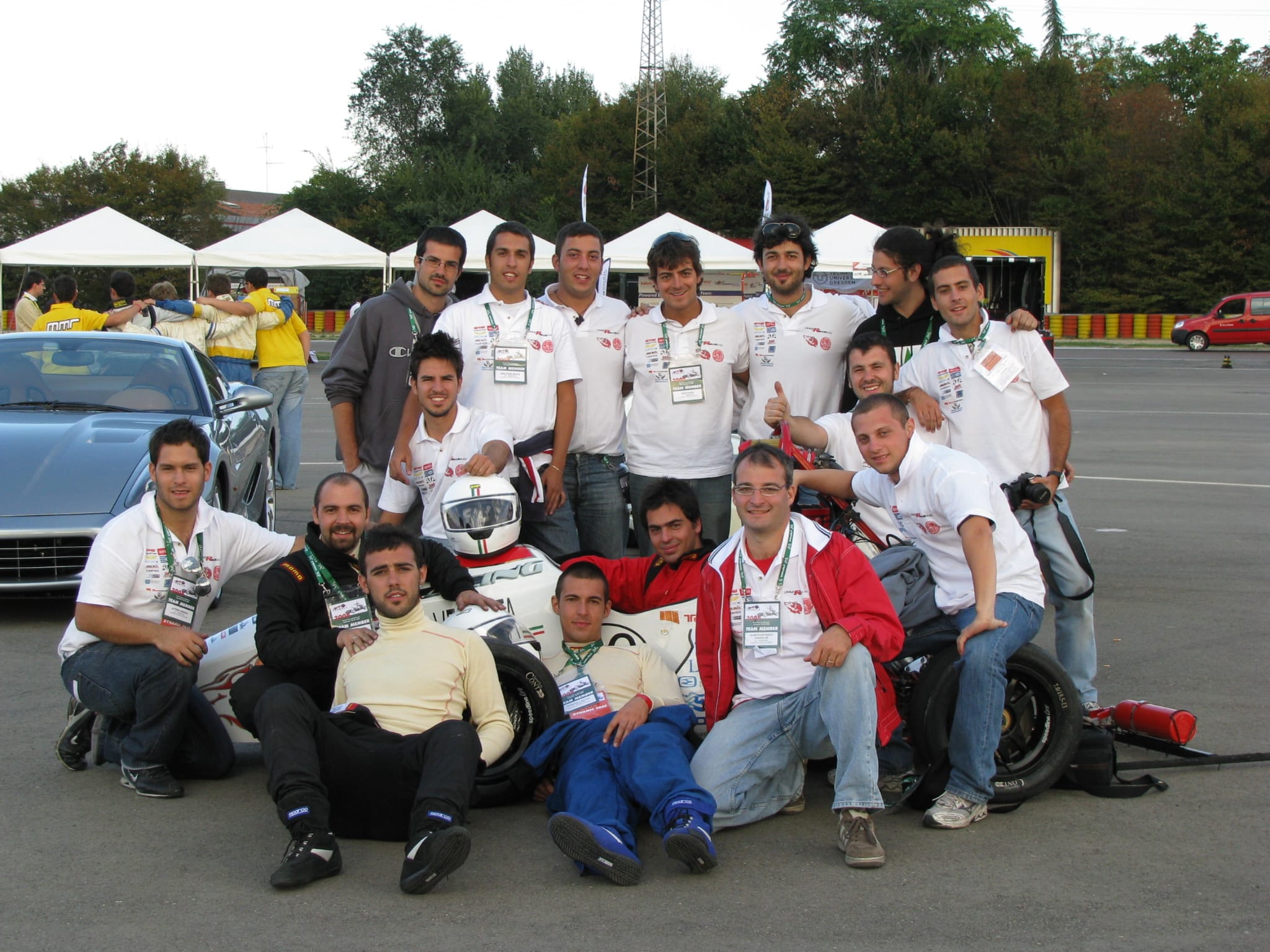Advancing High-Fidelity Aeroelastic Modelling: Ubaldo Cella’s Doctoral Research at the University of Rome Tor Vergata
 Written by rbfLAB on
Written by rbfLAB on

The Department of Industrial Engineering at the University of Rome Tor Vergata is pleased to highlight the doctoral thesis of Ubaldo Cella, titled “Setup and Validation of High-Fidelity Aeroelastic Analysis Methods Based on RBF Mesh Morphing.” This research, conducted in collaboration with Piaggio Aerospace, represents a significant contribution to the field of aeroelasticity and fluid–structure interaction (FSI) for aerospace applications.
Dr. Cella’s work focused on the development and validation of advanced numerical procedures for high-fidelity aeroelastic analyses, leveraging Radial Basis Function (RBF) mesh morphing to enable accurate and efficient coupling between aerodynamic and structural solvers. His approach addressed the challenges of mesh deformation, solver interoperability, and experimental validation in transonic flow regimes.
Key Contributions
1. Development of FSI Methodologies
The thesis introduces two computational strategies: a fully coupled two-way CFD–FEM interaction and a modal superposition approach. The modal method, in particular, demonstrated improved computational efficiency and stability in linear deformation scenarios, making it a promising tool for preliminary design and analysis.
2. Implementation of RBF Mesh Morphing
By integrating RBF Morph tools into the simulation framework, the research enabled robust and smooth mesh adaptation during structural deformation, eliminating the need for remeshing and preserving geometric fidelity across large datasets.
3. Experimental Validation on Realistic Configurations
Validation was conducted using two experimental setups:
- Piaggio P1XX Business Jet Model: Simulated under transonic conditions with a high-resolution CFD model (14 million cells) and a detailed FEM mesh (28,000 elements).
- RIBES Wind Tunnel Model: A scaled, instrumented metallic wing section, equipped with pressure taps and strain gauges, allowed direct correlation between numerical predictions and physical measurements.
4. Modal Analysis and Accuracy
The results demonstrated that a limited number of structural modes (as few as six) were sufficient to capture the dominant aeroelastic behavior with high accuracy. Both the two-way and modal approaches yielded consistent aerodynamic force predictions, particularly for lift and drag coefficients.
Scientific and Industrial Impact
The thesis underscores the viability of RBF mesh morphing as a robust method for coupling CFD and FEM solvers in aeroelastic simulations. Furthermore, the study identifies critical areas for refinement in structural modeling, including the representation of load paths through skin and spar interactions. These insights are directly applicable to the design and certification processes of next-generation aircraft, particularly in the context of performance optimization and structural safety.
Dr. Cella’s work exemplifies how rigorous academic research can translate into practical advancements for industry partners, contributing to the development of more accurate, efficient, and scalable simulation workflows for aerospace engineering.
The full thesis is available here




Comments